7 natural sites in the UNESCO World Heritage List
April 18 is observed as International Day For Monuments and Sites, also called World Heritage Day. As of 2018, India has 28 cultural heritages, 7 natural heritages and one mixed heritage as per the UNESCO list. Have a look at the seven natural sites of India listed in the UNESCO World Heritage List…
Great Himalayan National Park Conservation Area
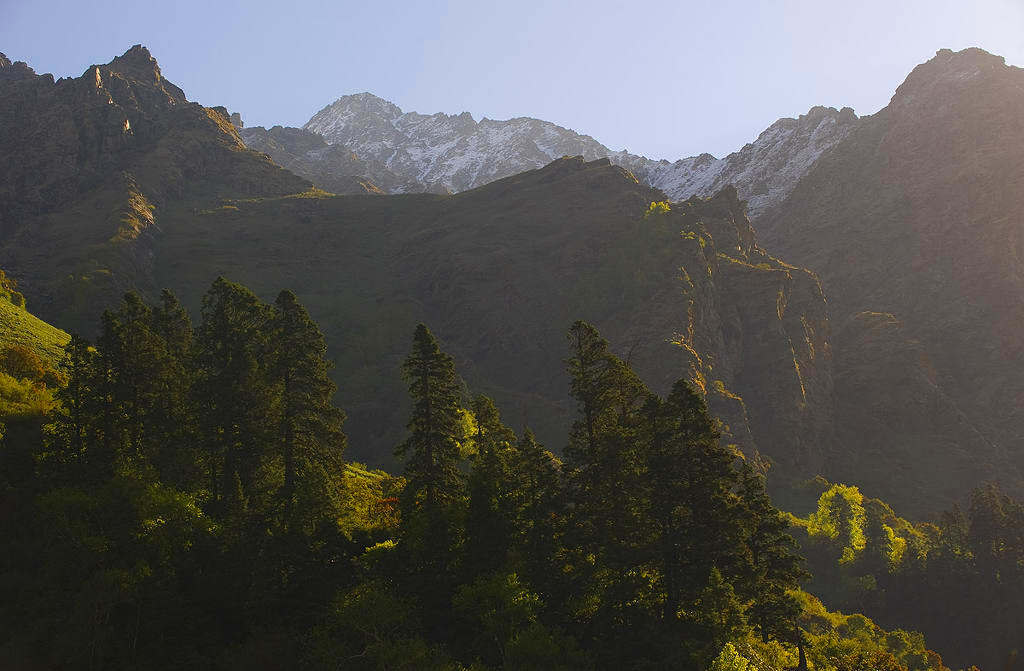
Tirthan Valley
Located in the western part of the Himalayan Mountains in Himachal Pradesh, the Great Himalayan National Park is characterized by high alpine peaks, alpine meadows and riverine forests. Established in 1984 and was formally notified as a national park in 1999, the park is spread over an area of 1,171 km2. GHNP is awarded World Heritage Natural Site status in the proceedings of the 38th World Heritage Committee meeting at Doha, Qatar in 2014. Two Wildlife Sanctuaries – Sainj and Tirthan, of the property are retained as wildlife sanctuaries and not merged with the national park.
Kaziranga National Park
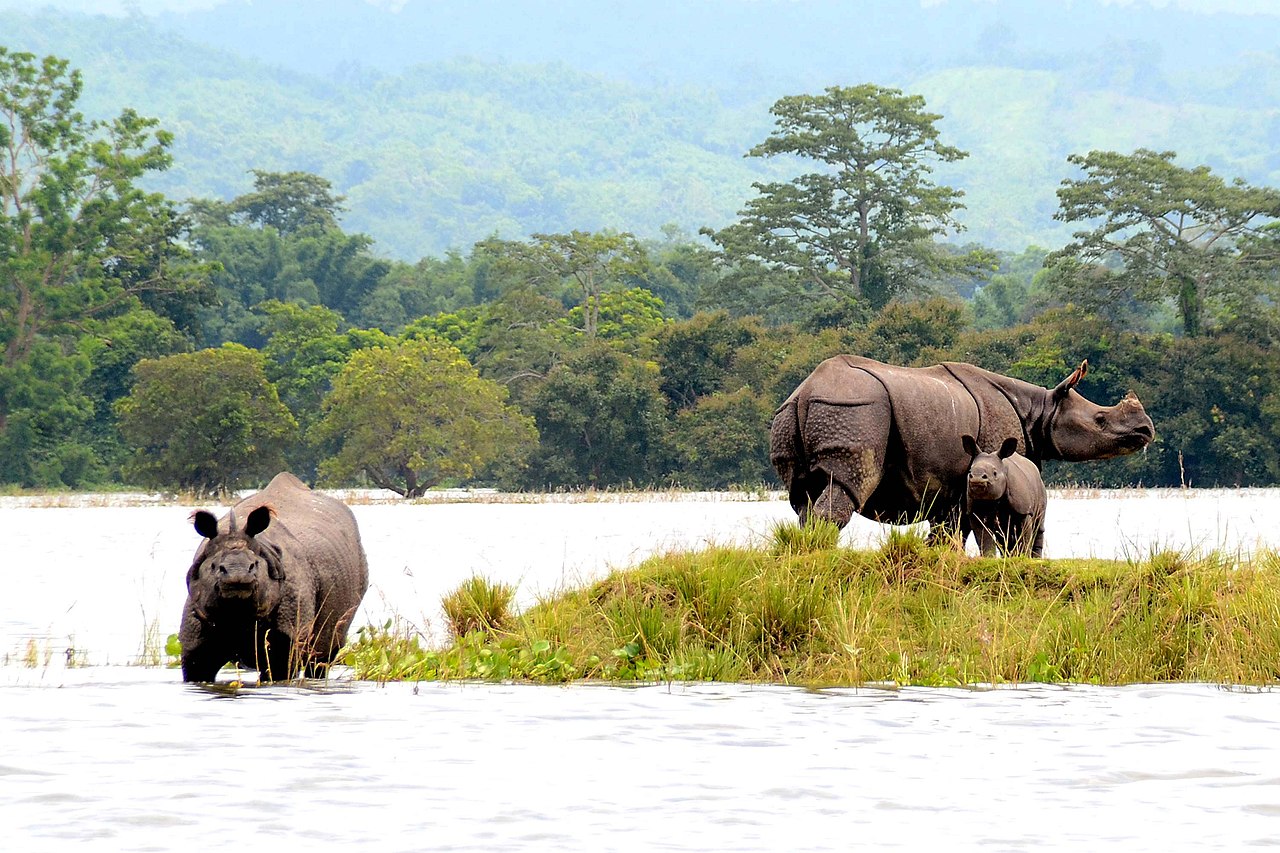
Kaziranga National Park, situated in the heart of Assam, hosts two-thirds of the world’s great one-horned rhinoceroses. Kaziranga also boasts the highest density of tigers among the protected areas in the world and was declared a Tiger Reserve in 2006. Formed in 1908 on the recommendation of Mary Curzon and covering 42,996 ha, the park was declared as a World Heritage Site by UNESCO in 1985.
Keoladeo National Park
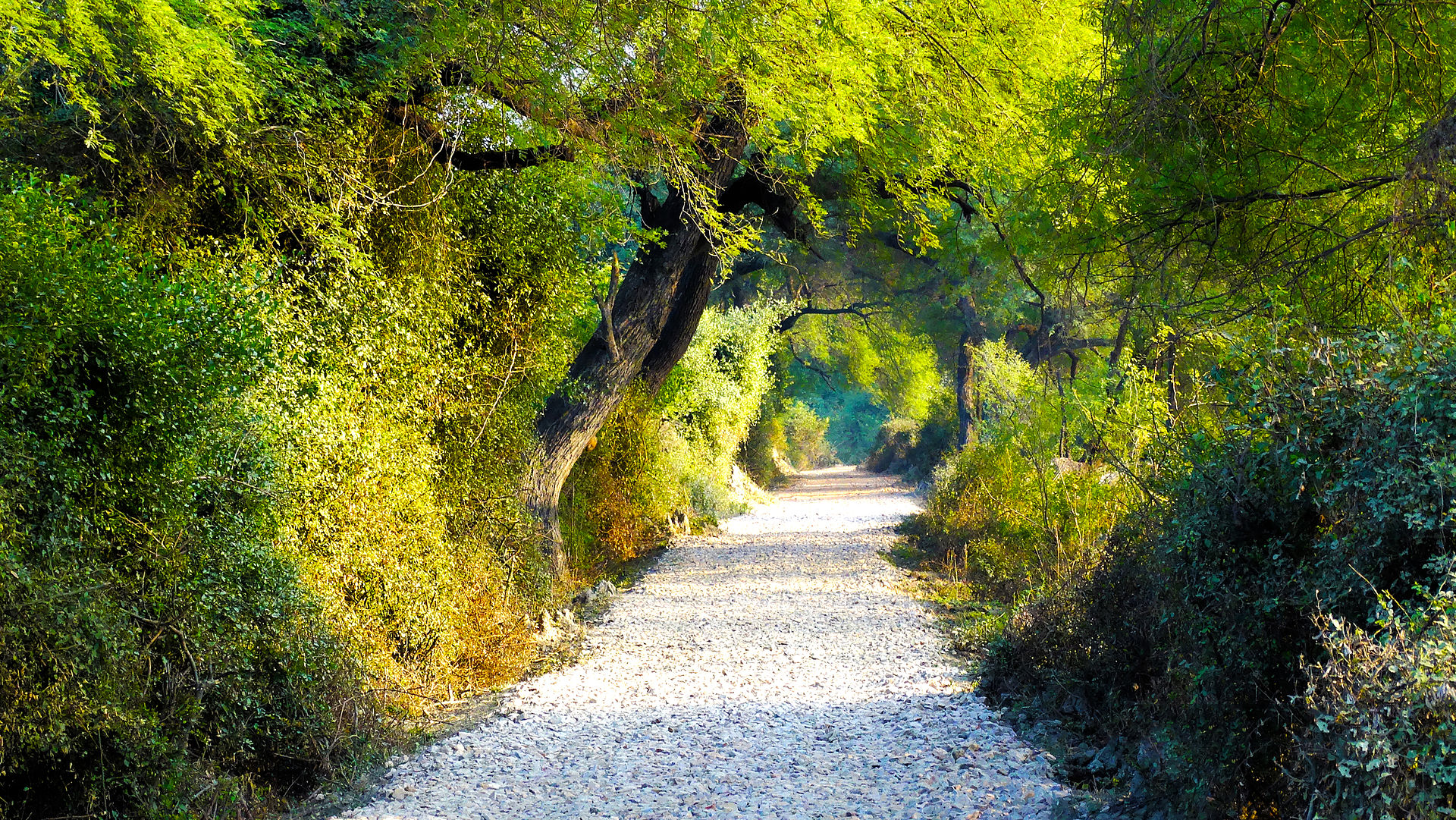
Formerly known as the Bharatpur Bird Sanctuary, the Keoladeo National Park is located in Bharatpur, Rajasthan. Established as a national park on 10 March 1982, the park is a famous avifauna sanctuary that hosts thousands of birds, especially during the winter season. Large numbers of aquatic birds from Afghanistan, Turkmenistan, China and Siberia visit the park during this time. Over 364 species of birds are known to be its resident. Keoladeo was declared a protected sanctuary in 1971 and was declared a World Heritage Site in 1985.
Manas Wildlife Sanctuary
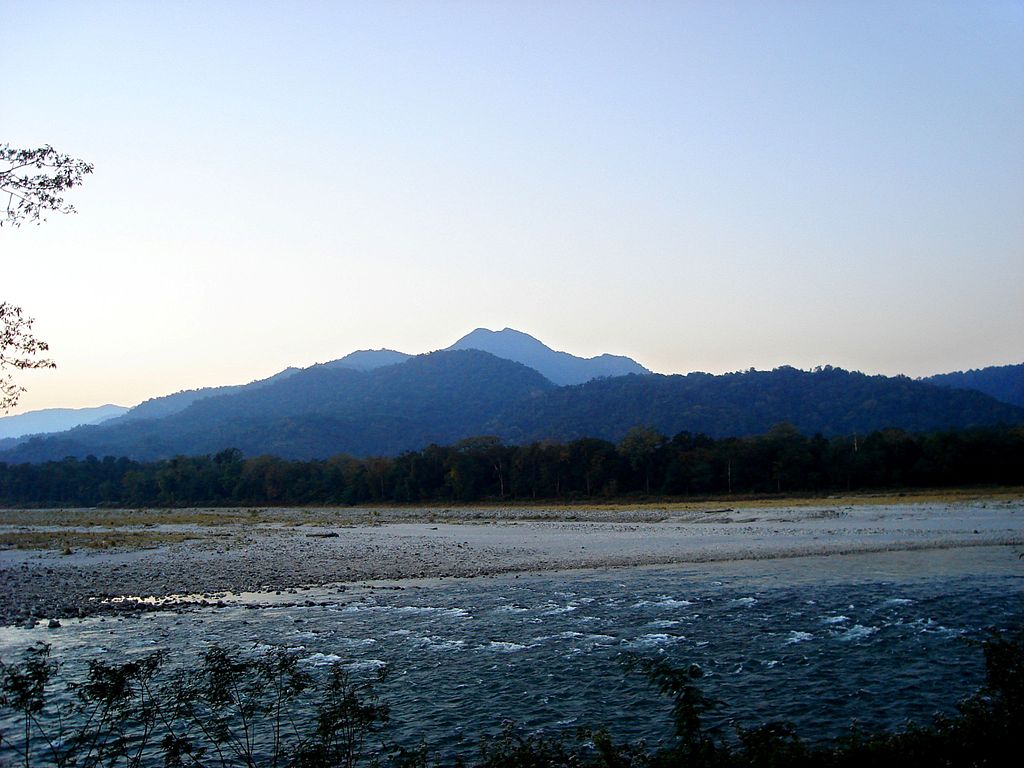
Photo Courtesy: Chandrasekhar/wikipedia
One of the first reserves included in the network of tiger reserve under Project tiger in 1973, Manas Wildlife Sanctuary covers an area of 39,100 hectares. The Manas Wildlife Sanctuary was inscribed as World Heritage Site in 1985 and has acquired the status of a Biosphere reserve in 1989. In 1992, UNESCO declared it as a world heritage site in danger due to heavy poaching and terrorist activities. But, on 21 June 2011, it was removed from the List of World Heritage in Danger and was commended for its efforts in preservation.
Nanda Devi and Valley of Flowers National Parks
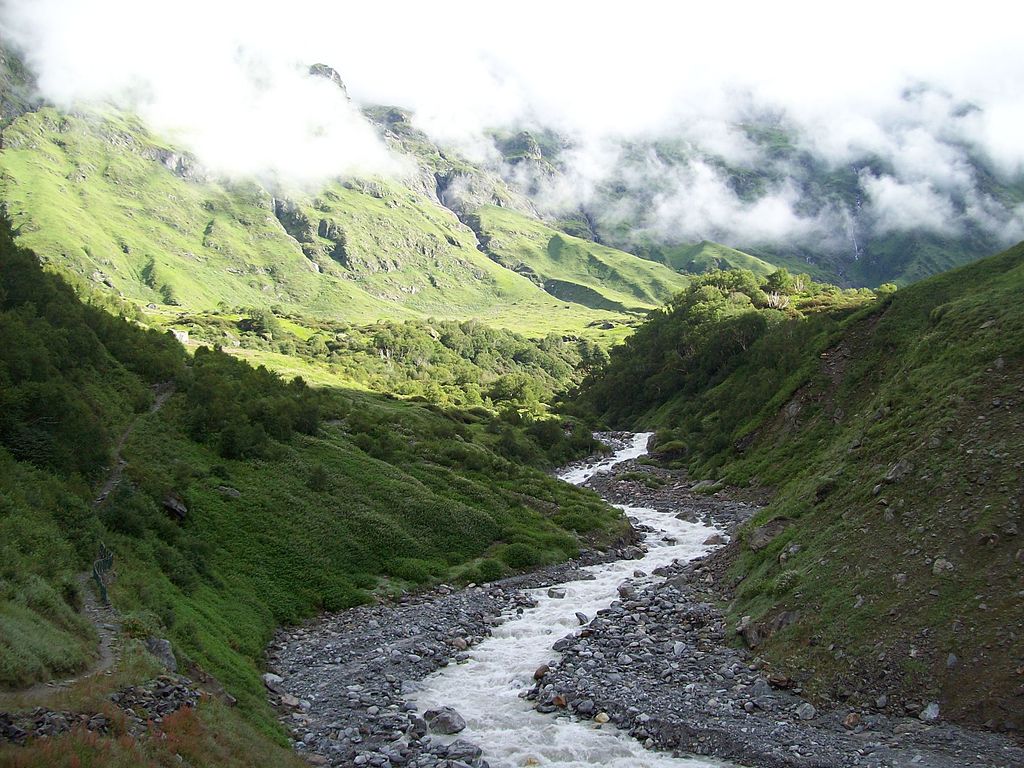
Valley of Flowers. Photo Courtesy: Virag Sharma/wiki
Nestled high in West Himalaya, Valley of Flowers National Park is renowned for its meadows of endemic alpine flowers and outstanding natural beauty. The valley of Flowers is home to Asiatic black bear, snow leopard, brown bear and blue sheep. The valley was declared a national park in 1982 and a World Heritage Site by UNESCO in 2005.
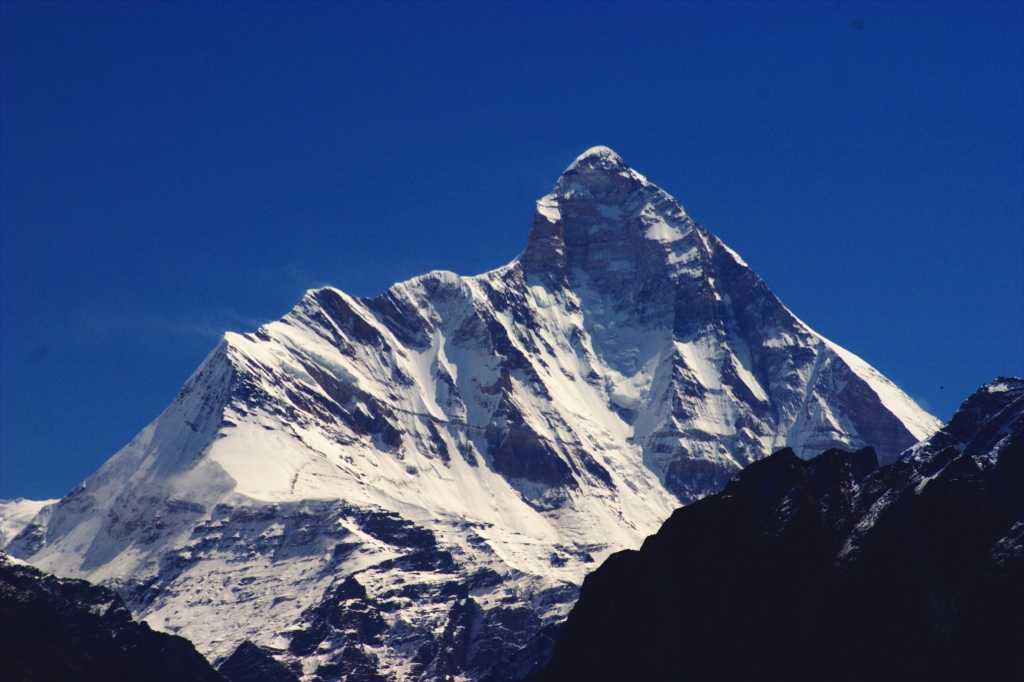
Nanda Devi peak. Photo Courtesy: Anirban
The Nanda Devi National Park was established in 1988 and was inscribed a World Heritage Site by UNESCO in 1988. Nanda Devi, a 7,817 m peak, is India’s second highest mountain.
Sundarbans National Park
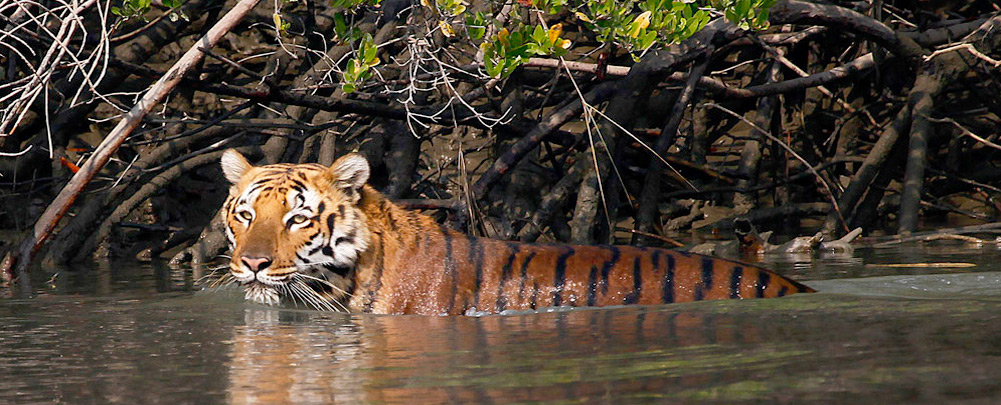
Sunderbans national park, located at the South Eastern tip of the 24 Paraganas district in the state of West Bengal, has got its name from one of the mangrove plants known as Sundari (Heritiera Minor). The 2585 sq. kms of the Sundarban forms the largest Tiger Reserve and National Park in India. The park was declared as the core area of Sundarban Tiger Reserve in 1973 and a wildlife sanctuary in 1977. On 4 May 1984 it was declared a National Park and declared a UNESCO world heritage site in 1987.
Western Ghats
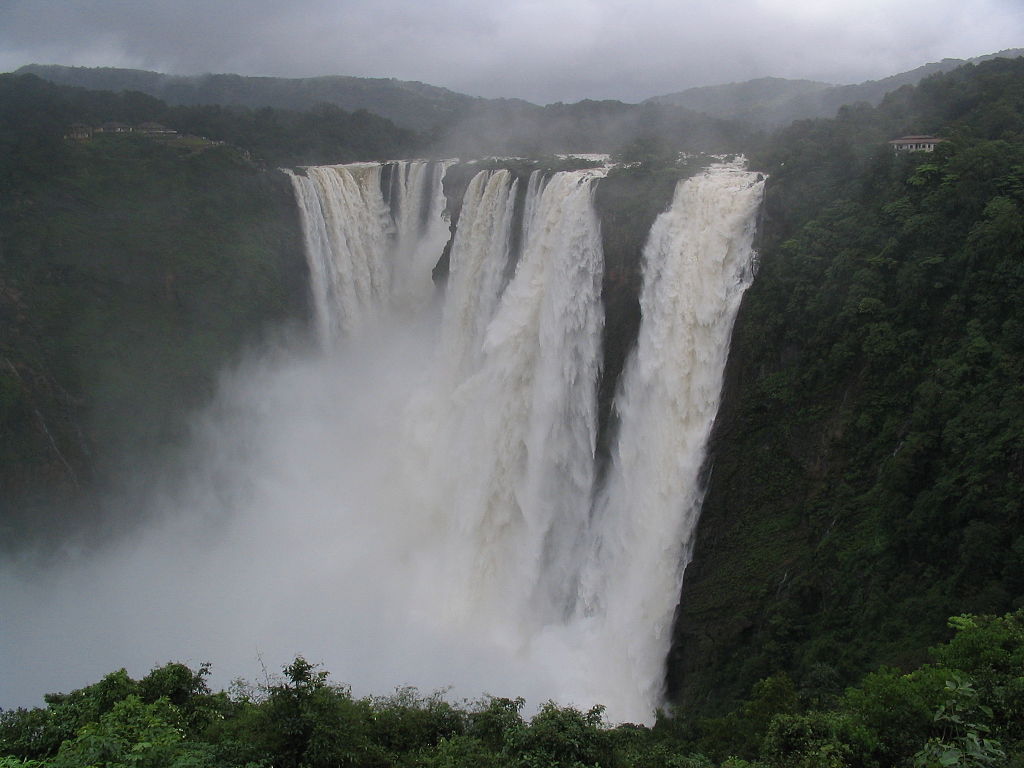
Jog Falls
Older than the Himalaya mountains, the mountain chain of the Western Ghats, also known as Sahyadri, are well known for their rich and unique flora and fauna. It supports the life of 7,402 species of flowering plants,1814 species of non-flowering plants, 139 mammal species, 508 bird species, 179 amphibian species, 6000 insects species and 290 freshwater fish species. Sahyadri is a mountain range that runs through the states of Gujarat, Maharashtra, Goa, Karnataka, Kerala and Tamil Nadu. Running parallel to the western coast and along the western edge of the Deccan Plateau, the hills cover over 1,60,000 sq km. A total of thirty-nine properties including national parks, wildlife sanctuaries and reserve forests were designated as world heritage sites – twenty in Kerala, ten in Karnataka, five in Tamil Nadu and four in Maharashtra, in 2012.



